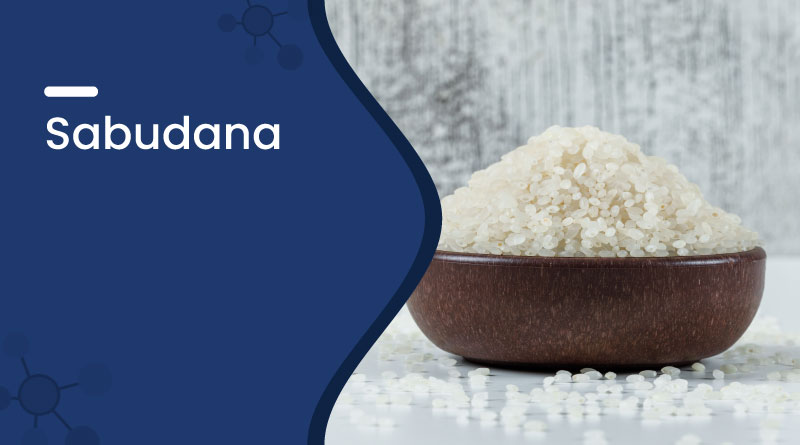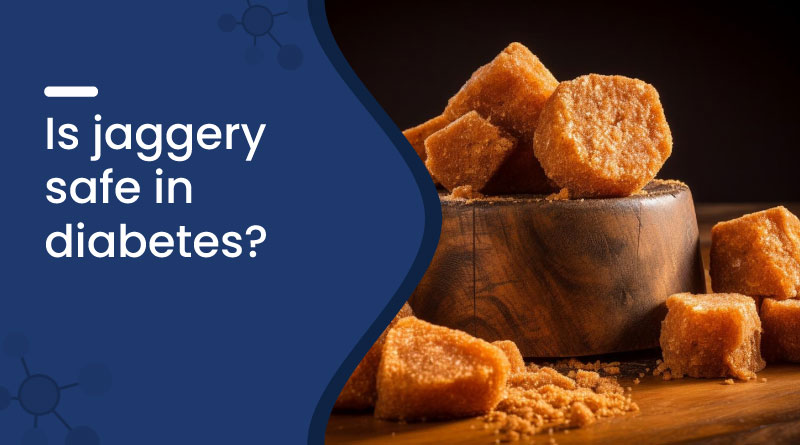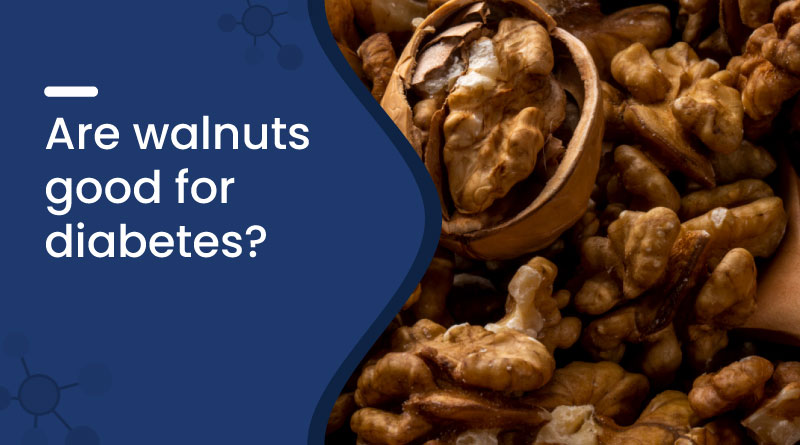Sabudana (Tapioca) – Benefits, Nutrition, Uses & Side Effects


Sabudana, also known as tapioca pearls or sago, is a commonly used ingredient in Indian kitchens. It is often cooked as khichdi, vada, kheer, or soaked overnight to make various light meals. Soft and chewy when cooked, sabudana is easy to digest and mild in taste.
Traditionally, sabudana is known as a quick source of energy and is often recommended for children, elderly people, and those recovering from illness. Although it has minimal flavor on its own, it easily absorbs the taste of spices, milk, or ghee, making it versatile in both sweet and savory recipes.
In this blog, we’ll explore the nutritional needs of sabudana, its Ayurvedic relevance, how it works inside the body, correct usage methods, and safety measures.
Benefits of Sabudana
Sabudana For Low Energy
Sabudana is enriched with carbohydrates and provides instant energy. It is often used during fasting or recovery to fight tiredness. It helps recharge your body, boost stamina, and keep you active throughout the day without feeling weak.
Sabudana For Osteoporosis
Sabudana contains calcium and minerals that help make bones stronger. It supports bone health and reduces the risk of bone thinning or osteoporosis, especially in women and the elderly. Regular intake strengthens joints and keeps your bones healthy and firm.
Sabudana For High Blood Sugar
Sabudana has a high starch content, but when taken in moderation, it helps balance meals. Pairing it with fiber-rich veggies slows sugar spikes. It gives energy without stressing the pancreas too much, helping manage mild blood sugar levels naturally.
Sabudana For Anemia
Sabudana contains small amounts of iron, which helps in forming red blood cells. When combined with iron-rich foods, it supports better absorption and helps reduce weakness caused by anemia. It also aids in increasing hemoglobin for overall vitality and strength.
Sabudana For High Cholesterol
Sabudana contains low fat, making it safer for the heart. It can be a healthy part of low-cholesterol diets. Its clean energy supports the body without clogging arteries, especially when cooked with less oil and more vegetables.
Sabudana For Lactation
Sabudana helps boost energy in new mothers and supports better milk production. Its light nature and easy digestibility make it ideal during breastfeeding. It nourishes the mother’s body and helps in recovery post-delivery, supporting both mom and the baby’s health.
Sabudana For Nutritional Deficiency
Sabudana is easy to digest and can be enriched with milk, nuts, and fruits to fight nutritional deficiencies. It acts as a base food that helps absorb other nutrients well, making it ideal for undernourished kids, elders, or recovering patients.
Sabudana For Diarrhea
Sabudana is important for the stomach as it stimulates digestion. It provides energy without irritating the intestines, making it perfect during diarrhea. It absorbs water in the gut and firms up loose stools, helping the body recover steadily and safely.
Sabudana For Acne
Sabudana has cooling properties that help manage internal heat and calm the skin. Eating sabudana with fruits and fluids hydrates the body and may reduce pimples caused by internal toxins, making the skin clear and hydrated.
Sabudana For Ageing Symptoms
Sabudana helps keep your body active and energized even in older age. It provides strength, supports digestion, and helps maintain skin elasticity when consumed with milk and nuts. Its nutrients support graceful ageing by keeping energy, mood, and skin in balance.
Sabudana For Dandruff
Sabudana prevents scalp dryness, scalp heating, and cools the mind. When eaten with hydrating foods, it supports better skin health, including the scalp. It prevents dandruff formation and skin dryness.
Ayurvedic Importance of Sabudana:
In Ayurveda, sabudana is a cooling, energy-giving sattvic food that balances Vata and strengthens the body. Though not classical, it’s now valued for fasting, digestion, and nourishment, especially when combined with ghee, rock salt, or cumin.
Key Nutrients in Sabudana:
| Nutrient | Amount per 100g |
|---|---|
| Calories | 350–360 kcal |
| Carbohydrates | 85–88 g |
| Protein | 0.5–1 g |
| Fat | 0.2–0.5 g |
| Fiber | Less than 1 g |
| Iron and Calcium | Trace amounts |
Since it’s gluten-free and non-allergenic, sabudana is often included in special diets for people with gluten sensitivity or digestive issues.
How to Use Sabudana:
Sabudana needs proper soaking before cooking to avoid stickiness and ensure easy digestion.
Soaking Instructions:
- Rinse sabudana well until the water runs clear.
- Soak in water just enough to cover the pearls for 5–6 hours or overnight.
- Drain excess water before cooking to get a fluffy texture.
Dosage Forms:
- Khichdi – Cooked with cumin, green chilies, peanuts, and potatoes.
- Kheer – Boiled with milk and sugar to make a sweet pudding.
- Vada – Deep-fried snacks made by combining sabudana with mashed potatoes and spices.
Safety Measures:
- Not for Diabetics in Large Quantities: Sabudana is high in carbs and can spike blood sugar levels.
- Moderation is Key: It offers energy but lacks protein, fiber, and essential micronutrients on its own.
- Best Combined with Nutritious Foods: Always add milk, nuts, or vegetables to make a balanced meal.
Conclusion:
Sabudana is a most suitable food for instant energy. With its soft texture, ease of digestion, and versatility in cooking, it continues to be a staple in Indian homes. When used correctly, sabudana not only fills the stomach but also fuels the body in a gentle, wholesome way.
Frequently Asked Questions (FAQs):
Q. Is sabudana gluten-free?
Yes, sabudana is naturally gluten-free and safe for people with gluten sensitivity.
Q. Can we eat sabudana daily?
Yes, but in moderation and preferably mixed with protein-rich ingredients to avoid nutritional imbalance.
Q. How long should sabudana be soaked?
Soak it for 5–6 hours or overnight until it becomes soft but not mushy.
Q. Is sabudana good for fasting?
Yes, it provides quick energy, is light on the stomach, and keeps you full for longer hours during fasts.
Q. Can children eat sabudana?
Yes, sabudana is safe and easy to digest for children when cooked properly.








 Added!
Added!